Research on slow-growing species to improve industry in Vietnam, other countries
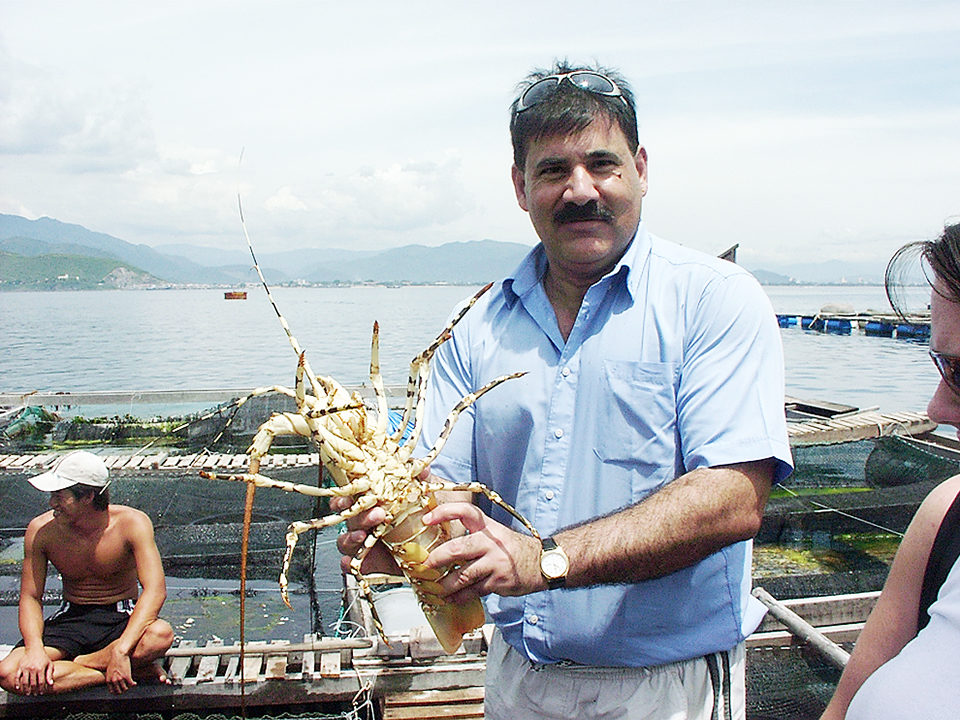
As most of the world’s wild stock of Panulirus species spiny lobsters are declining, aquaculture is the only option to increase production. There has been interest in spiny lobster aquaculture for over 100 years, but the first complete larval development was not achieved until 1988, when Jiro Kittaka raised the puerulus stage of Jasus lalandii, the South African rock lobster, through its larval stages in Japan.
Despite this success, when the prospects for spiny lobster aquaculture were reviewed by Kittaka and New Zealand’s John Booth in 1994, they stated: “The greatest hurdle in the commercial culture of spiny lobster is the difficulty in growing species through their larval stages.”
Complex life cycle
The life cycle of spiny lobsters is complex and includes a long oceanic larval phase that varies in length among species. For the Australian western rock lobster, P. cygnus, the larval phase is estimated to last seven to 14 months, but for the New Zealand red or Australian southern rock lobster, J. edwardsii, it lasts 12 to 24 months. Tropical species may have shorter oceanic cycles, but there is little reliable data on these species.
Spiny lobsters hatch as planktonic phyllosoma larvae about 1 to 2 mm long and increase in size through a series of molts. After developing in offshore waters, phyllosoma return toward the continental shelf, where in the final larvae stage they metamorphose into pueruli. In this non-feeding stage, the approximately 30-mm-long lobsters then swim toward the coast.
When a puerulus settles, it molts after a few days to weeks into a benthic juvenile. Small juveniles are usually found in shallow coastal reefs, while larger juveniles and adults are seen in deeper water offshore (the reverse applies in P. elephas). In these shallow inshore or offshore depths, they reach maturity, mate and spawn.
Culture
The culture of tropical spiny lobsters from egg to the puerulus stage has now been achieved for 10 spiny lobster species. Studies to bring these to the full commercial aquaculture level are currently under way in several countries. These are major research efforts costing millions of dollars and involving several research organizations.
Most of the research on lobster aquaculture is conducted in Japan, with additional work progressing in Australia, the United States, New Zealand, Mexico, South Africa, Vietnam and India. Both raising of wild-caught pueruli/juveniles and the propagation of larvae from egg to the puerulus stage have been examined in these countries. Aquaculture based on raising wild-caught pueruli and juveniles to commercial sizes is being pursued in 29 countries.
Vietnam’s lobster industry
The south-central coast of Vietnam is the major producer of farmed lobsters (Table 1) in an industry that is completely dependent on wild-caught pueruli and juveniles for stocking and trash fish for feeding. Both of these practices offer major challenges to the sustainability of lobster farming in Vietnam.
Phillips, Spiny lobster aquaculture production (mt), Table 1
| Country | 1998 | 1999 | 2000 | 2001 | 2002 | 2003 | 2004 | 2005 | 2006 | 2007 |
|---|---|---|---|---|---|---|---|---|---|---|
| Philippines | 10 | 19 | 27 | 17 | 10 | 18 | 19 | 19 | 23 | 64 |
| Singapore | 12 | 11 | 6 | 10 | 6 | 11 | 14 | 5 | 8 | 2 |
| Vietnam* | 1,000 | 500 | 600 | 1,000 | 1,127 | 1,200 | 2,300 | 4,000 | 1,900 | 1,400 |
| Cuba | 2 | 1 | 22 | 13 | 11 | 3 | 1 | |||
| Taiwan | 12 | 18 | 6 | 1 | ||||||
| Indonesia | 5 | 10 | 10 | 10 | 20 | 50 | 100 | 100 | ||
| India | 3 |
The lobster production in Vietnam peaked in 2005 at about 4,000 metric tons (MT), mainly P. ornatus valued at more than U.S. $60 million. The country has approximately 35,000 lobster cages, 20,000 of which are located in the coastal waters of the Khanh Hoa province. Approximately 90 percent of all farmed lobsters in Vietnam with weights of 600 to 1,500 grams are exported live to markets om Southern China.
During 2005-06, the total catch of lobster pueruli and juveniles for fattening in cages in the south-central provinces of Vietnam was over 1.9 million animals. The pueruli are reared in cages made of fishing nets to a size of 25- to 30-mm total length. Then they are stocked at the rate of 100 to 200 lobsters in 8- to 10-cubic-meter floating net cages and grown to a size of about 50 g and 10- to 12-cm total length.
At this size, lobsters are placed into larger rectangular grow-out cages that typically measure 4 x 4 meters or 4 x 6 meters and 5 meters deep. Lobsters attain a harvest weight within 18 months. Survival of lobsters from stocking into growout cages is typically 90 percent.
Since 2007, the lobster industry in Vietnam has been faced with high mortalities due to outbreaks of disease and declines in international lobster prices. The industry is facing losses attributed to various combinations of biotic and abiotic factors. Its production problems have been partly overcome, and Vietnam again increased its production of lobsters in 2008.
Poor water quality surrounding the cages, poor nutrition supplied from the wild trash fish and transmission of pathogens from trash fish to cultured lobsters stand out as problematic factors. Current research is targeting the development of a commercial formulated feed that is readily accepted by farmed lobsters and has high digestibility.
Nutrition, feeds
Even though the research has shown that tropical rock lobsters grow best on feed high in digestible protein (56 percent on a dry-matter basis) and with 10 to 11 percent total lipid, the use of fishmeal in formulated diets has adverse effects on the sustainability of the natural aquatic environment.
This has led to the need for research programs to reduce the dependence on trash fish and fishmeal in the lobster diets and enhance the immunity of the cultured lobsters through feed additives such as prebiotic and/or probiotic supplements. Many research agencies are directing their research themes toward disease prevention and the use of selected immunostimulants.
Indonesia
Recently, Indonesia has been the target of major spiny lobster aquaculture research. As the wild fisheries in Indonesia have fluctuated dramatically and Indonesian seafood exporters realized the potential of international lobster trade, the focus has shifted from capture to farming. The main species caught in Indonesia are P. homarus, P. penicillatus and P. ornatus.
(Editor’s Note: This article was originally published in the January/February 2010 print edition of the Global Aquaculture Advocate.)
Authors
-
Bruce Phillips
Department of Environmental and Aquatic Sciences
Curtin University
GPO Box U1987
Perth, W.A. 6845 Australia[117,97,46,117,100,101,46,110,105,116,114,117,99,64,115,112,105,108,108,105,104,112,46,98]
-
Ravi Fotedar
Department of Environmental and Aquatic Sciences
Curtin University
GPO Box U1987
Perth, W.A. 6845 Australia
Related Posts
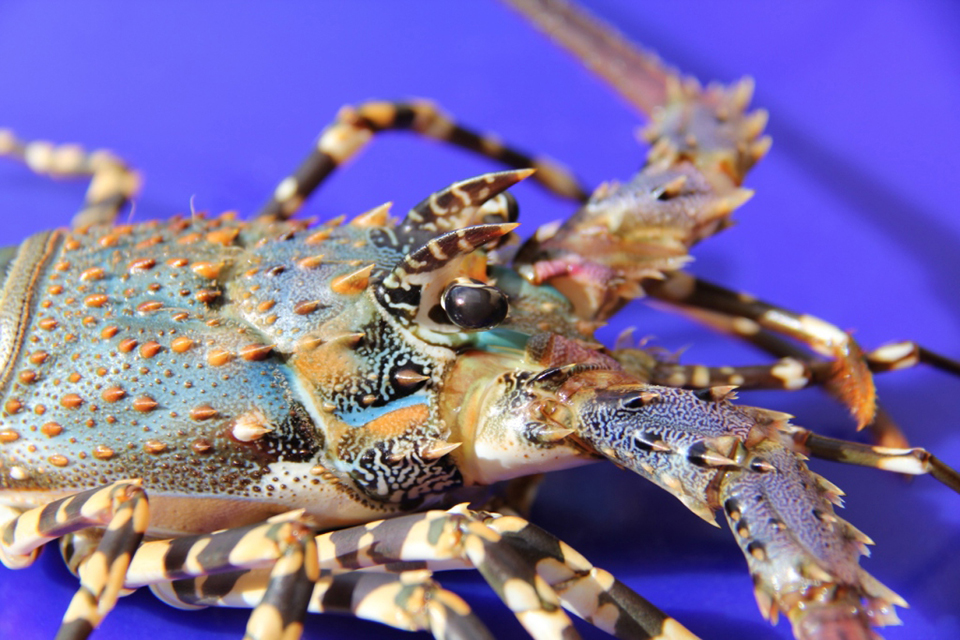
Responsibility
Hatchery production of spiny lobsters
Spiny lobsters are a premium seafood whose culture has depended on wild-caught seedstock. An Australian company is helping shift the farming paradigm to more sustainable hatchery production.
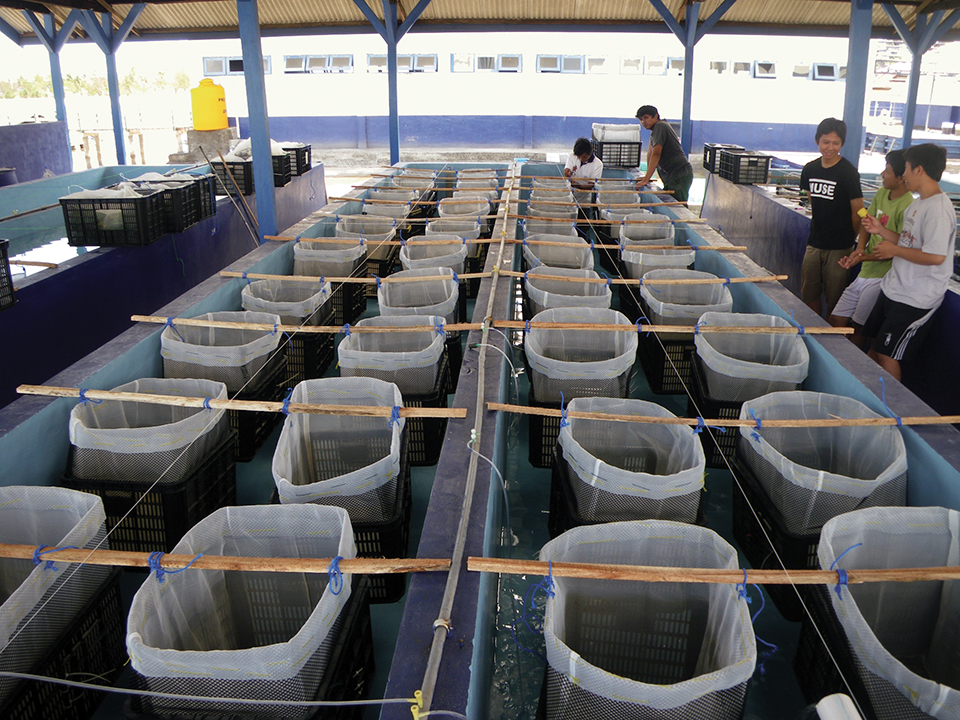
Health & Welfare
Lobster farming in Indonesia
A multinational project in Lombok, Indonesia, is focused on the identification and monitoring of improved seed collection and grow-out production methods for spiny lobsters.
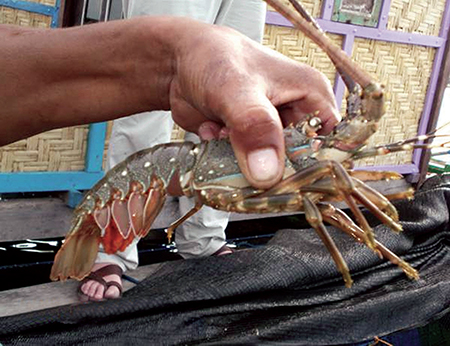
Intelligence
Lobster aquaculture in eastern Indonesia, part 1
Lobster cage culture has great potential in Indonesia. The current industry consists of about 1,000 small-scale farm units, many of which raise lobsters in polyculture with seaweed and grouper.
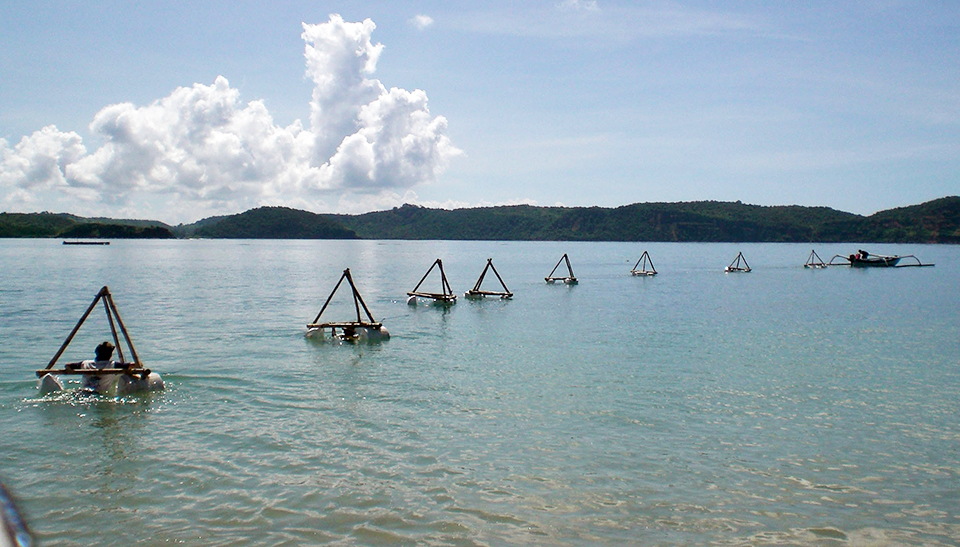
Intelligence
Lobster aquaculture in eastern Indonesia, part 2
Although lobster farming is already established in Indonesia, improvements in feed and nutrition, and seed collection would help the industry expand. The diet of trash fish fed to developing lobsters generates waste and is not conducive to good hygiene or growth.


